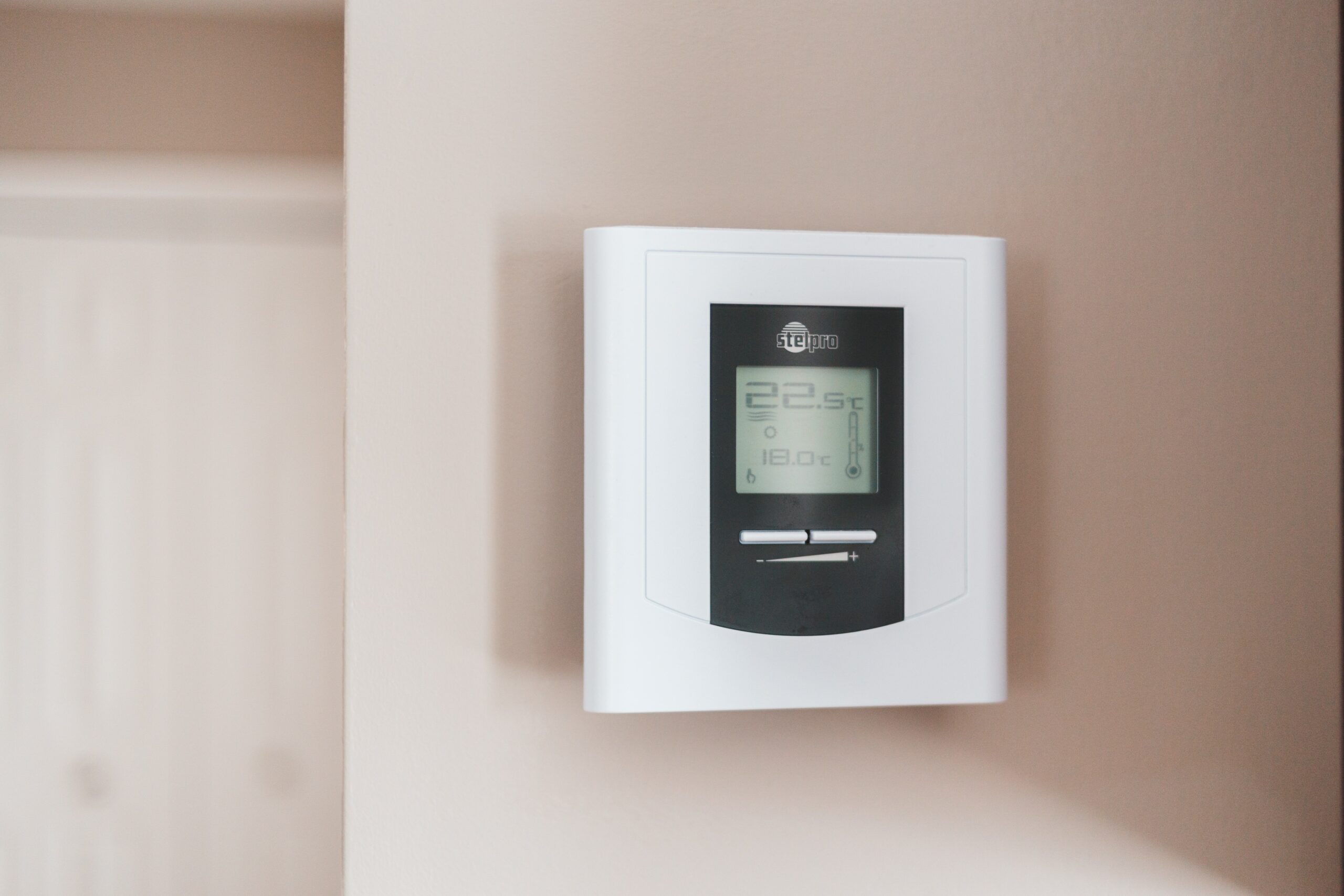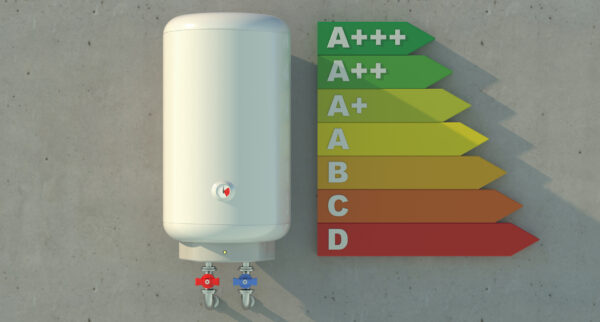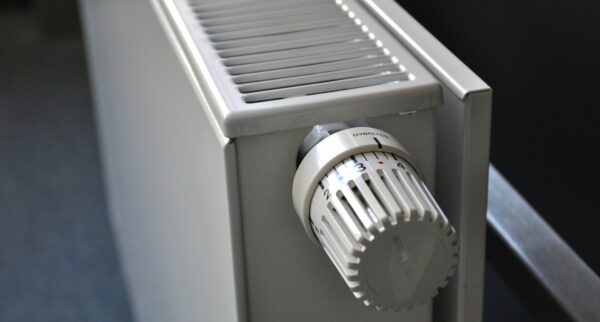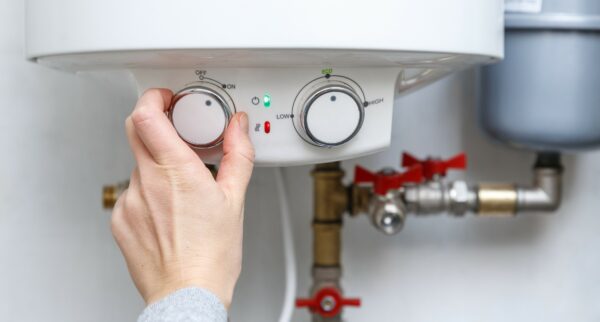Call us today 0207 32 32 999
Written By: JustBoilers.com Experts | Last Updated: January 2022
Wireless thermostats are hugely popular at the moment, and there are many reasons why. Increasing numbers of homeowners are beginning to recognise the brilliance of this relatively new technology, which gives far greater control over the heating in your home.
Wireless thermostats are digital devices that can be installed in any setting and will provide continuous monitoring of the temperature wherever they’ve been installed. One of the key benefits of wireless thermostats is the ease of installation. They’re also incredibly accurate when it comes to temperature monitoring, enabling homeowners to keep every room of the house at the perfect temperature.
If you’re interested in finding out more about wireless boiler thermostats, or you’d like to learn how to install and connect your own wireless thermostat, take a look at our step-by-step guide. You might be surprised by how simple it is to connect your own wireless thermostat at home.
Table of Contents
ToggleWhat is a wireless thermostat?
A wireless thermostat takes the idea of a traditional thermostat and gives it a digital makeover. Created using cutting edge temperature-control technology, wireless thermostats are uniquely able to sense the temperature of the air around them and send signals to control the heating system accordingly.
Whenever the temperature of the surrounding air drops below or rises above the ideal temperature, a wireless thermostat will spring into action and turn the heating on or off. The speed at which such signals are transmitted enables wireless thermostats to control the temperature of a home more accurately than traditional thermostats, with most wireless thermostats promising to keep the house within a degree of the desired temperature at all times.
The benefits of wireless thermostats
A wireless thermostat for boilers provides many benefits, so there are quite a few reasons why you might be thinking of installing one in your own home. Take a look at some of the top reasons to switch to a wireless thermostat to see whether a digital option would work for you.
Energy efficiency
Wasted energy is a huge problem, particularly when it comes to heating our homes. Not only is it bad news for the environment, it can also be incredibly costly. Wireless thermostats help to eliminate such waste, by giving homeowners better control over their heating. Wireless thermostats monitor the temperature of the home more accurately, and can easily be adjusted to maximise the efficiency of the heating system.
Complete control from anywhere
A wireless boiler thermostat makes controlling the heating system simple. And of course it can be done from anywhere. Thermostats can be monitored and controlled via digital devices, such as smartphones and tablets, meaning homeowners don’t need to lift a finger to adjust their heating. Heating systems can even be controlled from outside the home, which is great for those bitterly cold winter evenings when you want to make sure your house is toasty and warm from the moment you get through the door.
Position your thermostat where you choose
Wireless thermostats can be installed anywhere you choose, so they can easily be placed in the coldest spot of a room to ensure that the entire room is adequately heated all year round. There are very few limitations as to where the devices can be positioned. It’s worth noting that they don’t necessarily have to be mounted in the same place as the old thermostat (although this does make installation simpler!)
Flexible heating for complete comfort
All heating systems can be adjusted as and when required, but this can be a hassle when dealing with older thermostats. Wireless thermostats are far easier to control, meaning homeowners are more likely to adjust their heating whenever they choose. A greater level of flexibility also allows for cost savings, as energy bills will be lower if the heating isn’t being used when it’s not required.
Nest vs. Hive: How do these wireless boiler thermostats compare?
Two of the most well-known wireless thermostats around are Nest and Hive. These smart thermostats offer a great range of features, which can be used to heat your home more efficiently. But how do the two compare, and which one would best suit your needs? Let’s take a look.
Remote thermostat with wireless control
Nest and Hive are quite similar in the level of control that they give you over your heating. The thermostats are both easily connected to mobile devices such as smartphones and laptops, enabling you to control your heating with ease – no matter where you happen to be. Both temperature and hot water settings can be controlled via the apps that these smart thermostats provide.
Wireless thermostat automatic temperature settings
Nest thermostats offer the ability to heat your home in a smarter way, by learning about your habits and adjusting your settings accordingly. The thermostat will gather data on how you use your heating system. Before long it’ll know enough about your daily schedule to set your heating just how you like it, without you having to lift a finger.
Both Nest and Hive thermostats enable you to set your heating according to certain weather conditions, so you’ll never run the risk of returning to a freezing cold house if the weather suddenly changes. They’re also both compatible with a range of different voice-controlled devices, including Amazon Echo, Google Assistant and Siri Shortcuts.
Heating zones
If you’re interested in setting up a multitude of different heating zones in your home you might want to opt for Nest, as this thermostat allows for up to 20 different heating zones across two properties. Hive does allow for multiple zones, but the maximum number of zones you’ll be able to set is three.
Compatibility
Compatibility is another factor that you’ll need to think about before installing either a Nest or Hive thermostat. These wireless thermostats are compatible with a good range of different boiler systems, including the vast majority of gas, oil and electric boilers. However, renewable heating systems are only compatible with Nest thermostats.
How to connect wireless thermostat to your boiler
The wireless thermostat will need a power source that is either battery or wired and a received box (if needed). Sometimes the devices will connect automatically when turned on but alternatively you will need to navigate the connection using the thermostat to locate and connect to the boiler.
Wireless thermostat installation costs
Installation costs for Nest and Hive thermostats are relatively similar, but Hive devices tend to come out on top here with slightly lower installation costs of around £70, compared to a cost of £80 for Nest installation. The average prices of the thermostats themselves are also slightly different. Hive is a more affordable option, costing an average of £200 excluding installation, while Nest devices are slightly costlier, with an average price of £250.
Both Nest and Hive thermostats offer great usability and will significantly improve the efficiency of your heating system. Consider the cost, compatibility and range of features of these two popular wireless thermostats and you’ll soon see which option would be best for you.
—
A wireless thermostat is a great option for almost any home, so if you’re thinking of making the switch to a brand new thermostat we’d highly recommend exploring a digital option. If you’re confident in your DIY skills and willing to give it a go, you can certainly install and connect a wireless boiler thermostat yourself. But if not, we’re always on hand to help! Get in touch with our team to find out more, or book a visit with one of our professional engineers in just a few clicks.





